Planning Your Homeschool Year When Your Child Doesn’t Fit the Academic Mold
This post may contain affiliate links, which means I may receive compensation if you make a purchase using one of these links.
Back to school when your child doesn’t fit just one level of learning… Oh no, what do you do?! Here’s why you shouldn’t worry, what you can do to customize education, and how we plan for the future but homeschool today!
When my daughter turned 2, I had grand ideas of how I was going to homeschool her. I began to watch YouTube videos and read blogs and stumbled upon Timberdoodle Curriculum Kits, a name that was somewhat familiar from my own childhood of homeschooling.
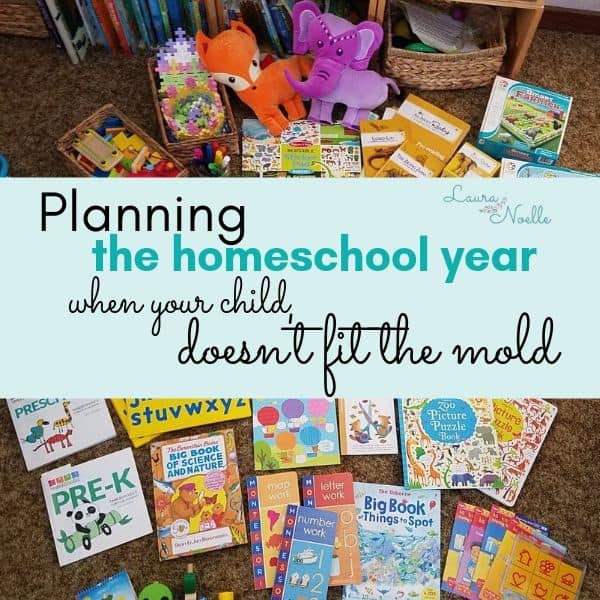
I loved the idea of a pre-selected curriculum in a box that we could go through at our own pace, or with the already done-for me lesson plans in the curriculum handbook. And while I still love the ready-to-go kits, I’ve learned to embrace the option of customizing, evaluating and making modifications.
The Problem with “Recommended Ages/Grades”
It’s wise for product creators to place an age recommendation and average grade level on their curriculum. But as parents and teachers, we need to keep in mind that the number is just arbitrary and our kiddo may or may not be interested in or challenged by that material.
While there are very real reasons for struggling in learning, and please seek out professional assistance or support if you see signs of difficulties, oftentimes we begin to worry over normal parts of the learning process. Every child learns at their own pace. Education should be individualized, and just because a group of children are the same age does not mean that they are all ready to learn the same academic (or life) concepts.
Timberdoodle’s Age/Grade Breakdowns
To make things simple for parents, Timberdoodle offers these recommendations for their materials and kits:
Tiny Tots – birth to 2, or split between infant and toddler
Preschool – 2-3 years old
Pre-K – 3-4 years old (not truly ready to read)
Kindergarten – 4-5 years (ready to read)
No real age is recommended for Kindergarten and up, however, the Early Education Placement Skills test they provide is geared towards children 2-5 years old and primarily will help you determine if the preschool, pre-k or kindergarten kit/materials will fit your child’s needs best.
It’s vitally important to remember that every child is different and will excel, struggle and merely tolerate different areas of study. This is normal!
When we put our kiddos in strict boxes, it doesn’t always work. Age ranges overlap, and for good reason! We initially purchased the Preschool Curriculum Kit and I let my 2.5 year old daughter dig through all the contents. I could instantly tell that some of the materials were perfect for her, and a lot were way beyond her ability. I simply set those aside for later use.
By the time she was 3.5 years old, we still had some materials she had barely touched, and others she had completed. I decided it would be best to go ahead and order a customized Pre-K Curriculum Kit so we could start some more challenging concepts.
Navigating the Early Years + T-K and State Guidelines
Preschool is still optional in most states, and depending on your state’s guidelines, you may not need to report standard education until 5 or 6 years old. In the state of California, we currently have required education beginning at age 6, and children turning 5 after September 1st of each year are being enrolled in Transitional Kindergarten (T-K) instead of Kindergarten.
Since not all states practice this, you won’t find “T-K” in a curriculum kit. As a homeschooler, you have the freedom to create your own custom curriculum, but we are figuring out what works for us, since my daughter misses that deadline. She turns 4 this fall and we have decided to name this year “Pre-K”, the following year “T-K”, and the next year “Kindergarten”.
But just because those labels are on the school year, doesn’t mean we are sticking with just one kit.
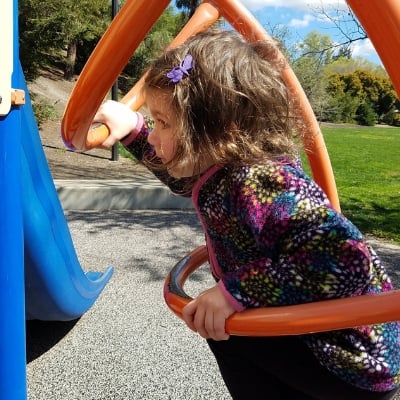
How to Customize Your Child’s Education
The key to customizing your child’s education is hidden in one of the many benefits of homeschooling. Knowing your child and watching them is a wonderful way to evaluate where they currently are at, and what they may be ready to be challenged with.
For instance, seeing the topics that they are interested in, activities they are drawn to, talents, personalities, and even the things they naturally avoid will give you clues to where their little brains are at. By observing my daughter, I knew she was a very hands-on, kinesthetic learner, which led me straight to Timberdoodle curriculum.
I also saw, simply by watching her free play, that she loved to flip through books, and had zero interest in numbers and counting. Without ever touching curriculum, I could tell that she was ready for a pre-reading program, but would need to start at the very beginning with math.
Taking placement tests, when available, can be helpful, but don’t rely solely on testing, as some children simply do not test well. Having conversations or setting up play scenarios and going over principles or concepts in an informal manner could be more effective to find out what your child really knows.
It’s totally okay to mix grade-level materials. Don’t feel bad if you have to use a younger level, or an older level. You’re doing what’s best for your child. Try it. If your kiddo struggles, try something else. Put it away for later. Take a new approach.
What We’re Using for Pre-K this Year
In fact, we are combining materials from the Preschool, Pre-K and Kindergarten kits this year. Because that’s where she is developmentally! And that’s okay! We have several years of material available to us (wasn’t really intentional, that’s just how things have unfolded!), and we are pulling things out as my daughter is ready for them.
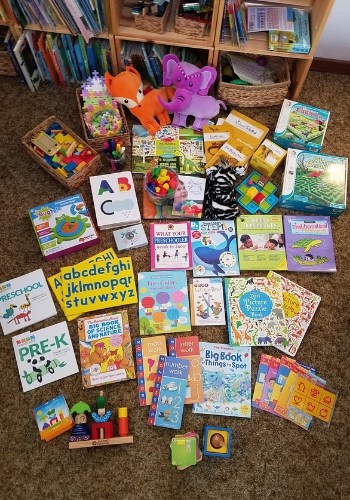
Pictured above are just some of the main materials we are using in Pre-K this year. It’s a lot, but we spread it out over the year. In addition, my daughter will be receiving a few additional more “fun” pieces for birthday and Christmas gifts this year (MagnaTablet Deluxe, Snow White SmartGame, and Junior GeoStix).
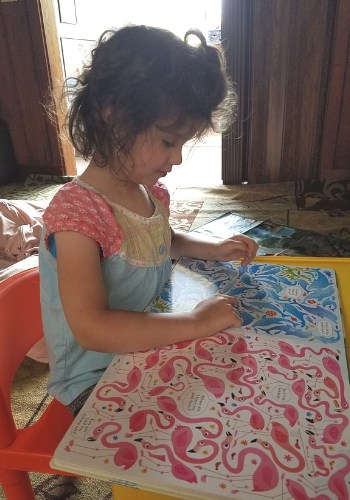
You can view all the current Preschool Kit Curriculum here
You can view all the current Pre-K Kit Curriculum here
You can view all the current Kindergarten Kit Curriculum here
Language Arts
All About Reading Pre-Reading – (Pre-K Kit) My daughter loves books and is eager to learn about letters and words. She adores the interactive lessons in Pre-Reading and always wants to do more!
Magna Tablet Deluxe – (2018-2019 Pre-K Kit) My daughter will be gifted this for Christmas, but I am confident she will enjoy it as she’s very tactile and hands-on.
What Your Preschooler Needs to Know – (Pre-K Kit) While many critique this book, my daughter very much enjoys the stories, songs, and rhymes in this book. She often asks for the songbook. I love that it covers various subjects including history, science, and art.
ABC & Letter Literacy Books/Puzzles: Lauri A-Z Puzzles, A is for Angry, Picture Puzzle books, Montessori Letter Work, Touch Think Learn ABC – (2017-2018 Preschool Kit) We have been reading and using these books and puzzles since she was 2.5 and they are still a staple in our learning. She especially enjoys the Usborne Picture Puzzle books.
Math
While we own all the Pre-K math materials, we have set those aside for T-K. Remember earlier when I said that kids will excel in some areas and struggle in others? Well, my daughter struggles with math. She excels in language arts and thinking skills, and simply doesn’t want to do math. For this reason, even though she will be 4, we will be doing math from the Preschool Kit, with the addition of Bugzzle.
Farmland Math – (Preschool Kit) Though designed to be used with children who as young as two, my daughter just has no interest in math, and so we have only completed the first few lessons so far. This year we will be emphasizing learning basic numbers and counting.
Big Book of Things to Spot – (Preschool Kit) My daughter loves I spy/spot and find books, but refuses to count. Though I’m not pushing it, we are working towards more mastery of numbers.
Mathematical Reasoning Beginning 1 – (Preschool Kit) Workbooks are debated, and up until this year, I’ve never made her do them. We will be starting on page one this year!
Montessori Number Work – (2017-2018 Preschool Kit) I love that this board book has the sandpaper numbers in it that allow tractile tracing for learning.
Bugzzle (Kindergarten Kit) While in the Kindergarten kit, Bugzzle is labeled for ages 3+, and the beginning patterns are simple enough for preschoolers. I love that it’s a tool that grows with your learner, meaning they accommodate both basic and advanced math skills. My daughter is in love with this puzzle and asks for it regularly!
Thinking Skills
Day & Night SmartGame Puzzle (Preschool Kit) This game is one of my daughter’s favorites. While she finds most of the challenges easy, it’s something she can do on her own, and we like to talk about what we see in the puzzle to make it interesting.
Bunny Peek-a-Boo SmartGame Puzzle (Preschool Kit) Another one of my daughter’s favorites, bunny is fun, and the variety of challenges range from easy to difficult. She can do most of them, but I often have to guide her to look closer and make sure she’s paying attention to spacial details.
Building Thinking Skills – Beginning (Preschool Kit) We haven’t done much of this workbook yet, so we’ll be trying it out this year.
BambinoLUK Set A&B (Pre-K Kit) One of the things most often pulled off the shelf! She can master the easy booklets, but there are plenty of more difficult ones to come! I love slipping this into my purse for an on-the-go activity.
Three Little Piggies Smart Game (Pre-K Kit) I appreciate that the challenges start easy enough for a 3-year-old, and also progress. Of the Fairytale SmartGames, this one is geared toward younger children.
Sleeping Beauty Smart Game I love that this game has challenges for 3+ and my daughter and I have a lot of fun together with this. She’s a big fairy tale fan so a prince, princess, and dragon make this game super appealing!
Smart Farmer (Kindergarten Kit) This SmartGame is labeled for ages 5+ because the concepts are a little more advanced. My daughter cannot complete the challenges on her own, however, together we have adjusted and adapted to work on basic concepts of separation and dividing.
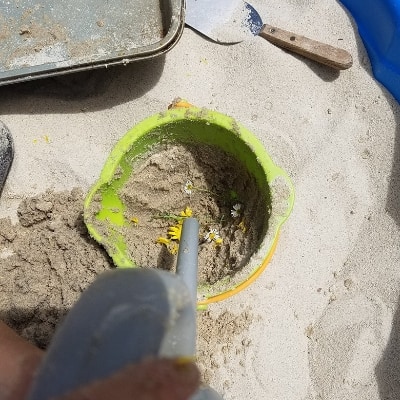
Science
Primary Science Set + H20 La La Tabs (Preschool Kit) Perfect for the preschool age, this set is worth every penny! Pouring, mixing colors, and beginning science experiments are a blast, and water play is frequently requested at our house.
The Berenstain Bears Big Book of Science and Nature (Pre-K Kit) I would say this book is directed more at older 4’s and 5’s because of the word and concept dense structure. The illustrations are cute, but it’s a lot for young kids to take in. A few pages at a time is how we will go through it.
Smart Start STEM Pre-K (Pre-K Kit) I’m so excited to dive into this book. Using stories, hands-on activities, challenges, and journaling, this book covers areas of physical, life, and earth science, helping kids observe and experience all aspects of STEM.
History/Geography/Social Studies
Montessori Map Work (2017-2018 Preschool Kit) I love this book as a super simple introduction to the world. We’ve read it over and over, and we’re just about ready to move onto the next level…
My Very First Our World Book (Pre-K Kit) This book is packed with information, so we’ll be working through it in phases, starting basic and going back for details!
STEM
Hape Dynamo Dominos (2017-2018 Preschool Kit) While this set of domino blocks is labeled for toddlers on up, I feel they have a major design flaw in being too thin. My 3 year old easily knocks them over on accident. That being said, I want to follow the design map ideas in the Preschool handbook and see if we can master them.
Plus-Plus Midi (Preschool Kit) These are a favorite, though they are not easy for little hands to push together all the way. She does try though, and loves the design ideas in the handbook.
Tegu Magnetic Blocks (2017-2018 Preschool Kit) I personally love these magnetic blocks, but the set is small and you’re limited in what you can make. The handbook has design ideas and my daughter likes to choose from them.
Art
Kwik Stix (Preschool Kit) These paint sticks are awesome, and a great tactile tool. My kiddo is a fan!
Crayon Rocks (Preschool Kit) Easy to hold and working on that fine pincher grasp, these hold up well to rough use. I found a multi-pack on Amazon and gifted several to friends with young children!
Sticker Books/Paints/Liquid Watercolors – Usborne books carries so many wonderful sticker and wipe-clean books. We have a large selection, in addition to fingerpaints, liquid watercolors and coloring books. We got this paint mixing tray and use eye droppers to mix colors!
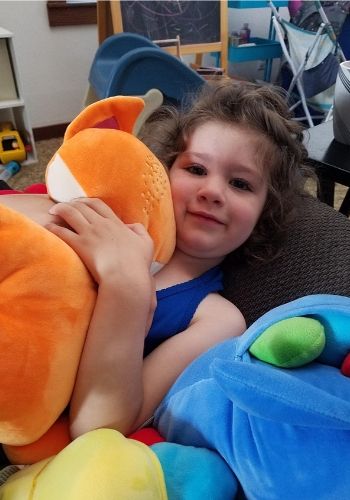
Social & Emotional
Time-In Toolkit – We use and love the tools from Generation Mindful, and our calming corner and emotional regulation skills have changed the way we deal with stress and discipline. You can read more about our experience with the Time-In Toolkit here.
SnuggleBuddies – Also from Generation Mindful, our fun and cuddly collection of SnuggleBuddies are emotional regulation tools, comforting friends and conversation starters.
Cuddles the Bear – CuddleBear is very precious at our home. This teddy is an aromatherapy bear with special pads on his feet and heart for dropping essential oils, making him a cuddly diffuser that can go anywhere with a child. Before bedtime, my daughter loves dropping her Peace & Calming and SleepyIze oils on Cuddles as well as herself!
I used the different colors above — pink for Preschool level, blue for Pre-K level, and purple for Kindergarten level, so you can visually see that we are doing a variety of each level this year, but in general, we are still primarily working through Preschool level work.
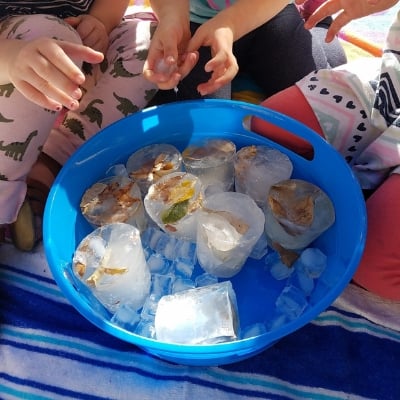
Co-Op Groups
If you have a homeschool co-op group nearby, I highly suggest checking it out. We are blessed to have one nearby with several preschool students and we love playing and learning with other children. It’s important to find your tribe and your support as a parent too.
Field Trips & Experiencing the World
One of the best things about homeschooling for our family is the freedom to get outside and experience the world. Going new places, especially free or low-cost places in the area such as parks, nature areas, farms, botanical gardens, wildlife preserves, lakes/beaches, pet stores, libraries, historical sites, and museums make excellent places to learn.
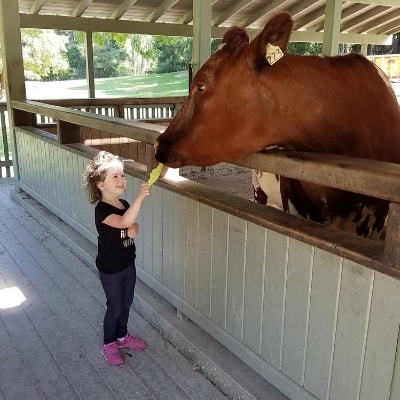
If you’re able to have animals and gardens at home, that also makes such a great canvas for learning at all ages.
How We Structure Our Days of Learning
For Pre-K, we are still taking on a very flexible learning schedule. We have co-op classes once a week during the school year, and have learning activities available year-round. In summer we spend a lot more time outside exploring, and in winter, we hunker down inside more and I have to direct my daughter to more activities to keep her happy.
We don’t follow a specific schedule, but I try to read several picture books throughout the day, and encourage her to work on a few workbook pages (if she wants) and some thinking skills puzzles or STEM blocks. Larger things like science experiments, math lessons, and pre-reading lessons happen here and there throughout the week.
Timberdoodle offers an awesome online customized scheduler to make a weekly checklist, and I’ll probably utilize that this year, just to keep us more accountable with our work. But, ultimately, we’re still in preschool, and learning through play is by far the most important thing!
Final Thoughts on Homeschooling Varying Grade Levels
Grade and age levels aren’t black and white. As a homeschooler, you can be fluid in the materials you use, and even more importantly, your kiddo can work through the material at their own pace without feeling left out and behind their peers.
It’s okay if your child needs to take more time to master a concept. It’s okay if they need more breaks. It’s okay if you need more breaks!
Recommended Articles on Homeschooling
- Minimalist Homeschooling with Timberdoodle Curriculum
- Why We Homeschool || Creating Family Simplicity in a Fast-Paced World
- How to Set Up Preschool Homeschooling Learning Areas
WANT TO SAVE PLANNING YOUR HOMESCHOOL YEAR WHEN YOU CHILD DOESN’T FIT THE ACADEMIC MOLD FOR LATER? PIN TO YOUR FAVORITE PINTEREST BOARD HERE:
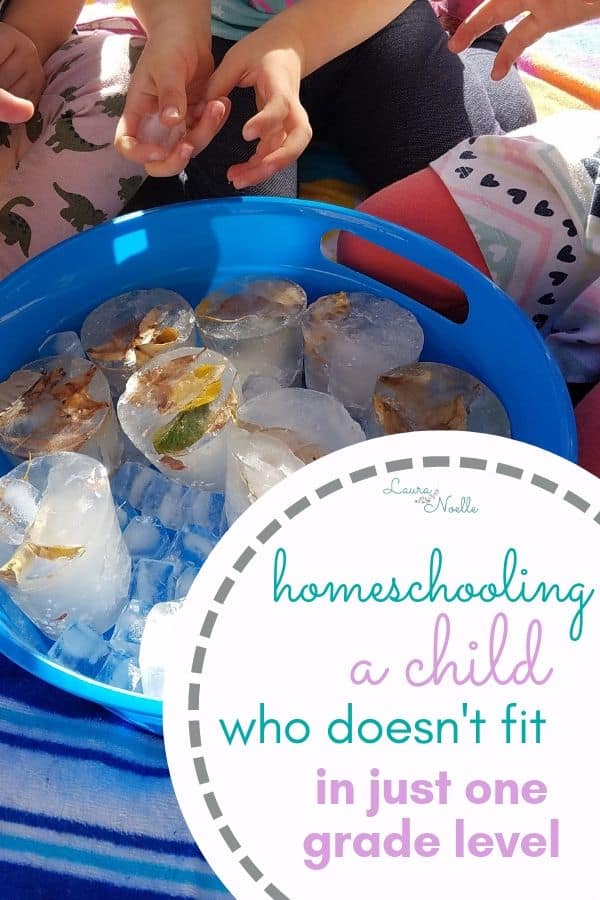
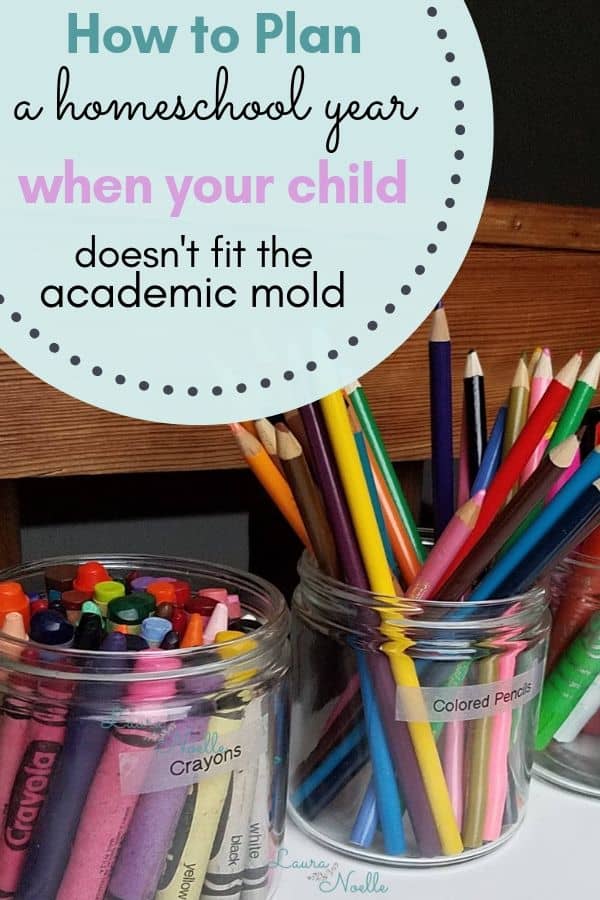
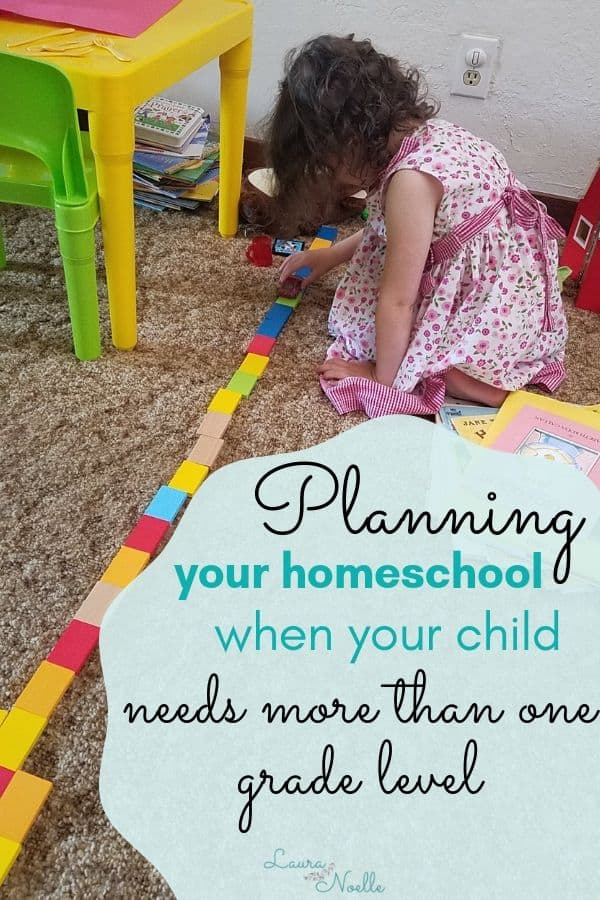
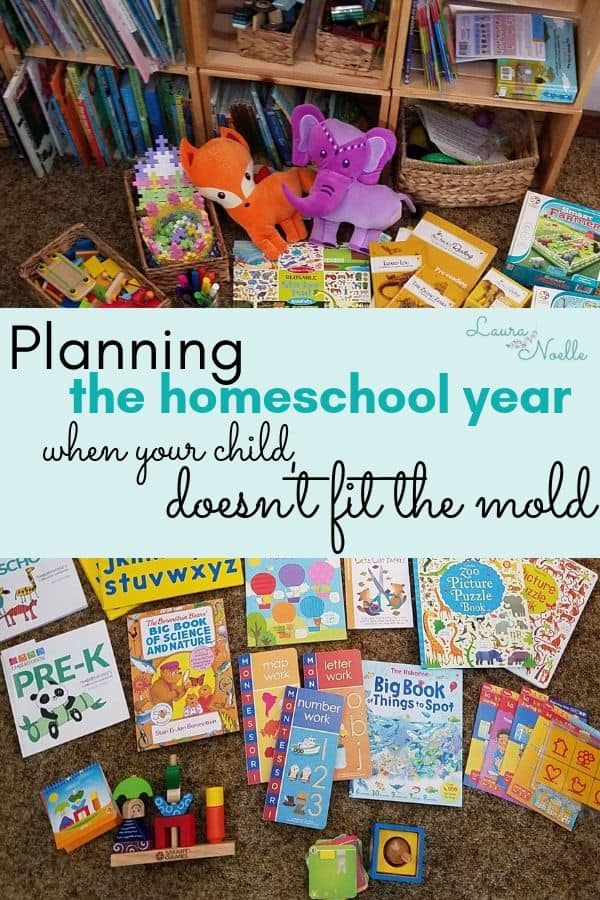
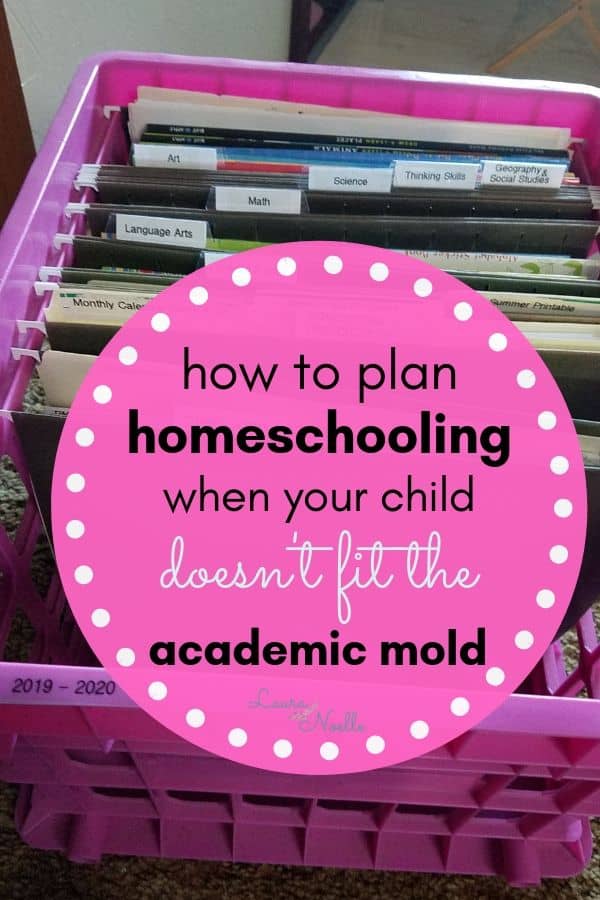

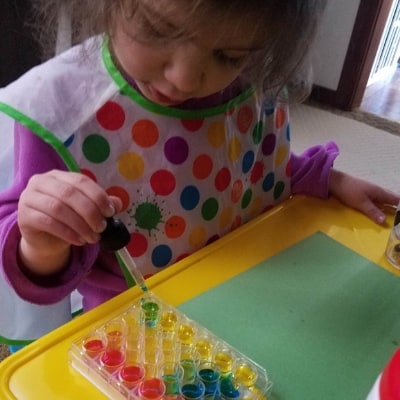
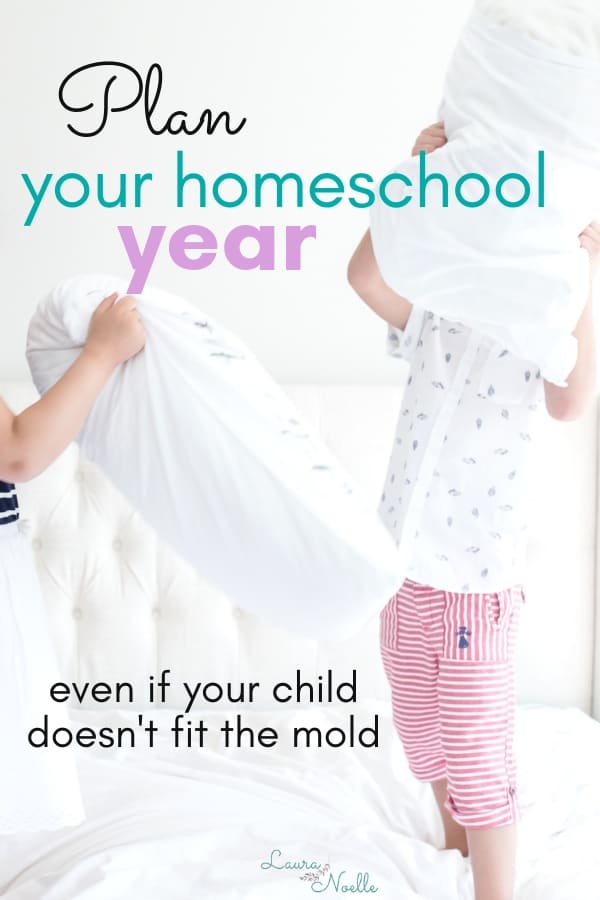
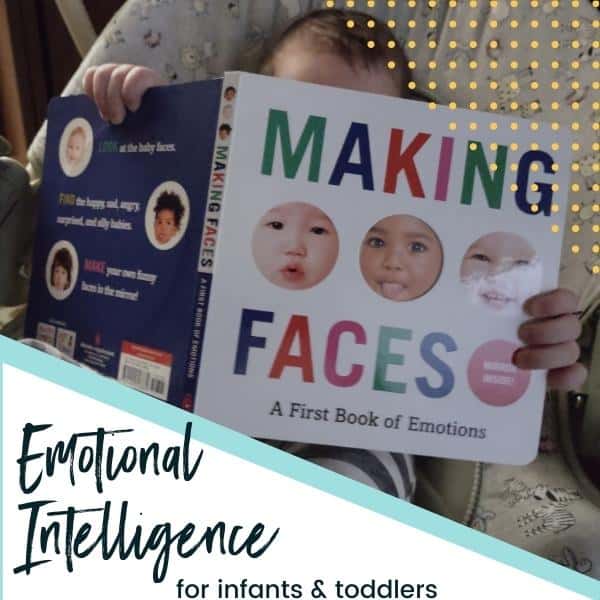
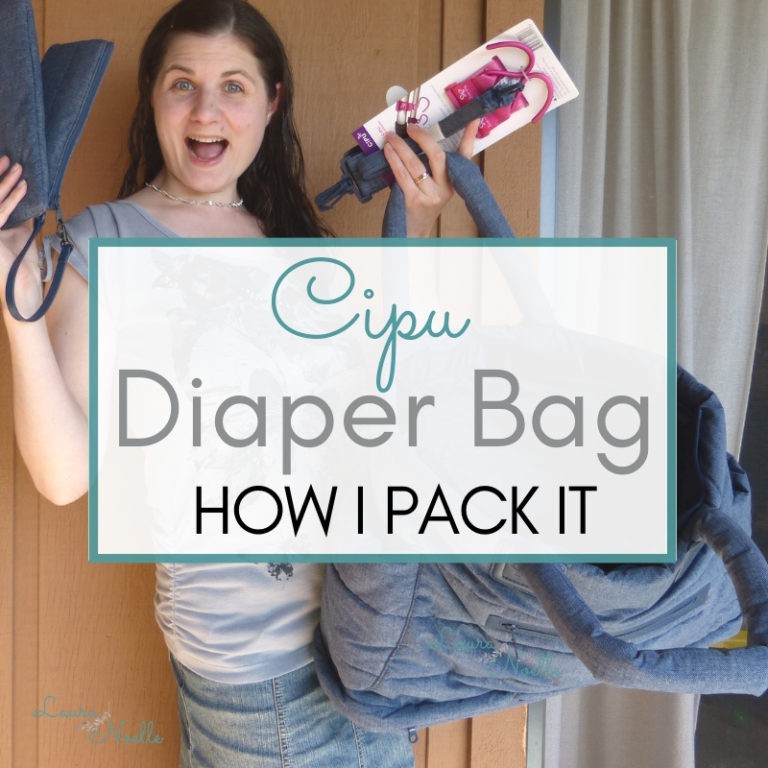
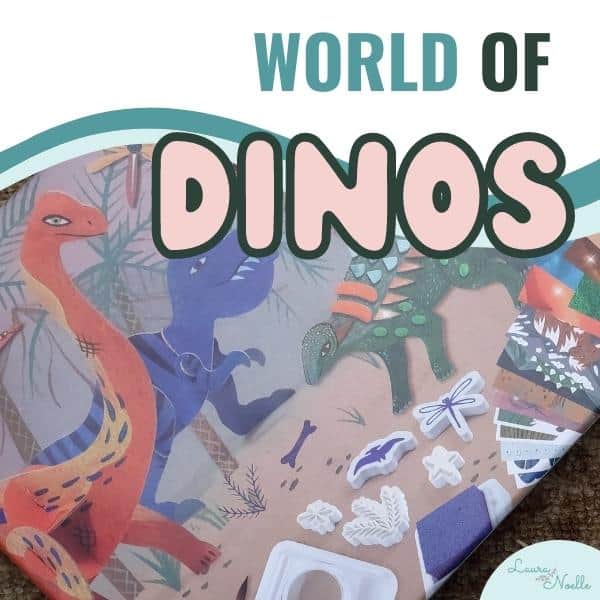

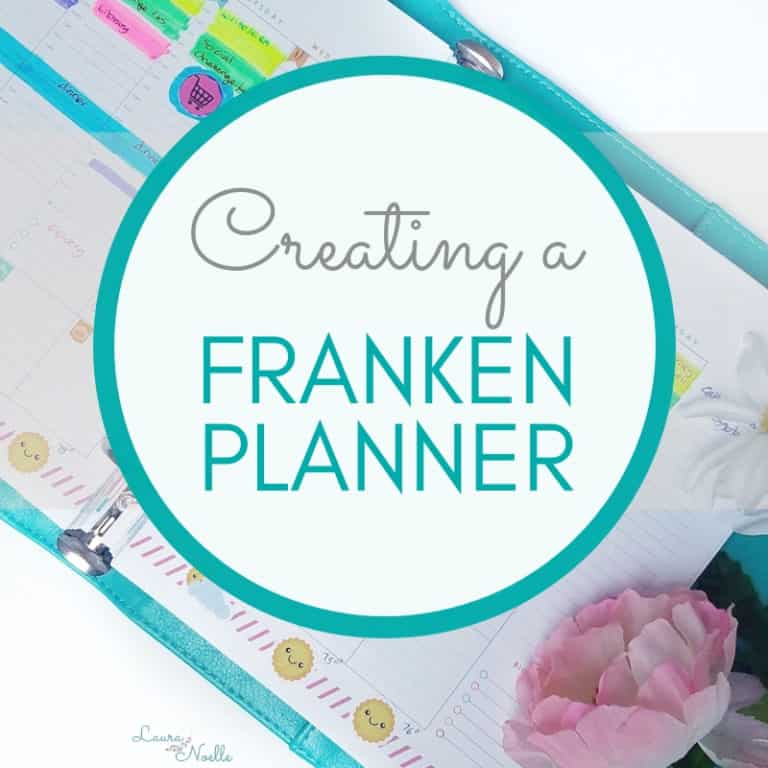
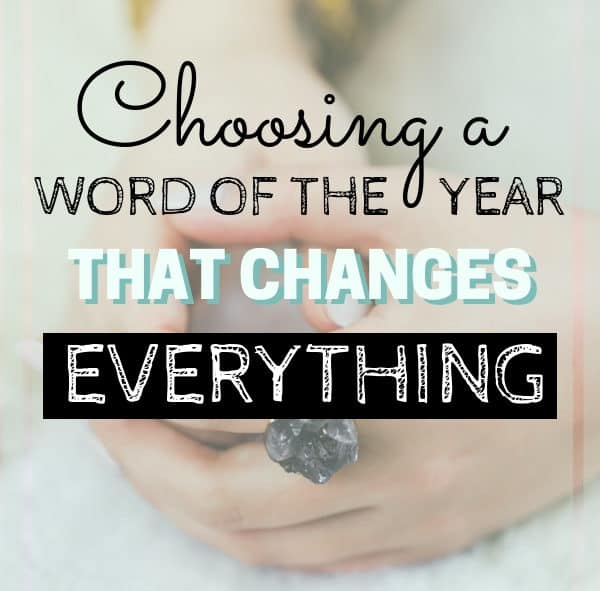
I love that we can customize our homeschooling plans to meet the needs of our own children – taking the advice of others and companies and doing what is best for our kids. I know I have several books that were purchased for our son that were too much for him but now they are actually too easy. Can’t wait to see if his sister wants to work in them now.